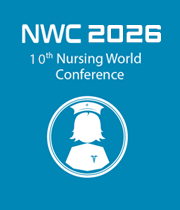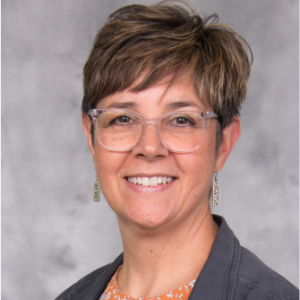Title : Telephone triage in Primary Care
Abstract:
Abstract: Short Description of what will be discussed during the presentation (about 250 - 500 words)
The presentation demonstrates the work that was done to set up a centralized nurse triage line to support primary care and a non-clinical centralized scheduling call center. This service provides patients with timely care, addresses patient safety, and increases positive patient outcomes.
Measurement of success was defined through clinical metrics and satisfaction metrics. For example, we measured the percent of patients set up for an appointment versus how many were sent to the emergency department (ED). We reviewed good catches which are events where the nurses were able to identify a need and get the patient to the proper level of care preventing a safety event from occurring. In addition, we measured provider satisfaction and patient satisfaction.
The work started through a pilot program with 9 of our 70 offices. We solicited patient feedback through outreach phone calls with overwhelmingly positive feedback and a feeling that their need was met. They enjoyed speaking with an RN. The primary care providers found the service to helpful to them and to their patients. It allowed the PCPs to be able to see their patients with less interruptions in their day. The program was expanded to support all 70 offices. We integrated the Thompson-Schmidt telephone protocols into our electronic health record (EPIC).
To date, the RN team has taken over 18,000 emergent calls. About 20% of the patients are sent to ED. Over 50% are getting an appointment that day or the next day. The team has had some life-saving phone calls that we consider good catches. A good catch could mean a trip to the hospital but also could mean a visit with the PCP that saved a costly ED trip.
Providers and offices are satisfied with the nurse triage team. Registered nurses are working to the top of their licensure. Patients have benefited from the care provided by RNs through telephone triage.



